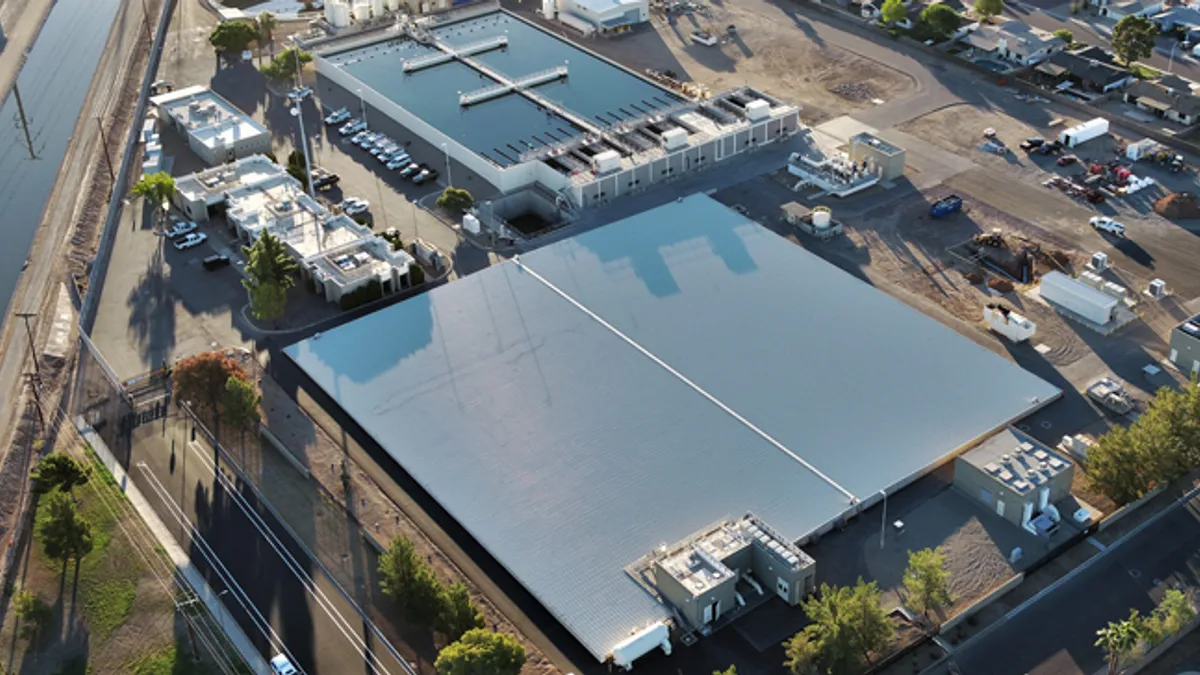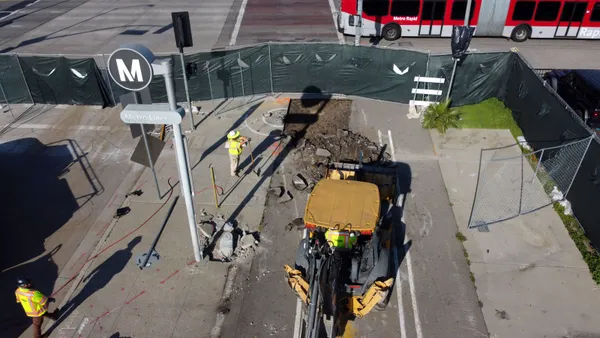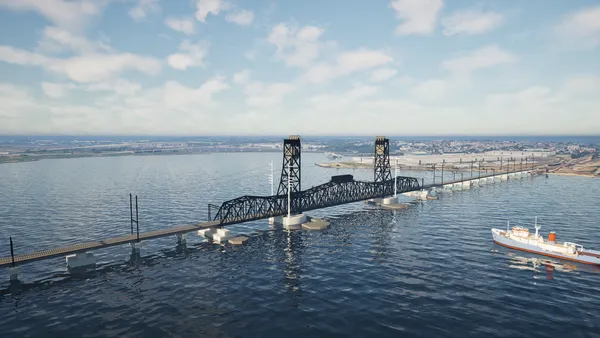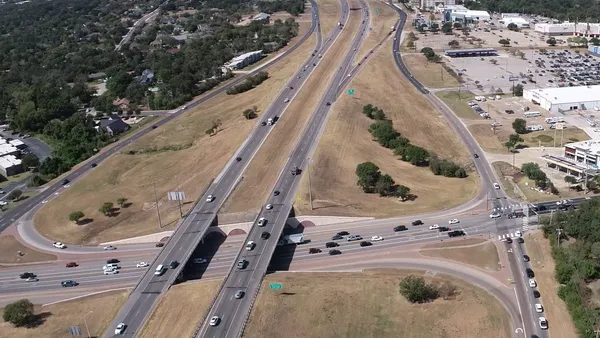While many currently put little thought into where the water for their shower, garden or kitchen tap comes from, that may soon change as traditional sources for water dry up and disappear.
“People are sometimes taught in school that water is a 'renewable resource', but water isn’t necessarily renewable in the way many people think,” says Mike McKinney, vice president and district manager for PCL Construction’s civil infrastructure division. “Renewable does not mean unlimited.”
McKinney, a leading water expert with more than 30 years of experience in the industry, says that while water conservation is a constant concern in arid places like Arizona, it’s reaching new levels of awareness and urgency in more areas thanks to climate change and population growth.
In many of these areas, water is quickly becoming the new gold.
Rethinking water treatment as water sources decline
The signposts of change in America are not hard to find.
In early May, for example, Lake Powell and Lake Mead—the two largest artificial reservoirs of water in the United States, respectively created by the Glen Canyon Dam and the Hoover Dam—reached record low levels. The Ogallala Aquifer, which underlies eight states and supports $35 billion worth of annual crop production, has been declining for decades. About 30 percent of the aquifer underneath Kansas is now dry.
“These water scarcity incidents don’t necessarily mean that there is no water,” says Richard Hewitt, district manager for PCL’s civil infrastructure division. “What they mean is that the traditional way we’ve been treating water in the West for, say, the last 120 years might need to change.”
Hewitt points out that per capita consumption of water has actually gone down significantly since the late 90s.
“The usage per person has decreased due to things like more efficient toilet flushing, more robust pipelines and less landscape irrigation requirements resulting from broader use of xeriscape,” he says. “Utilization per person has gone down even as the population has gone up, as has industrial usage.”
Forward thinking solutions
In response to developments like these, many communities across the country are rethinking the way they treat, use and reuse water. The solutions they are exploring and deploying are as varied and as important as the ways in which humans depend on water itself.
McKinney points to the growing momentum he sees to cover canals in the Western United States with solar panels.
“In the west, much of our water is moved in large canals, which leads to a lot of evaporation,” he says. “There are many studies going on right now looking at covering these canals with solar panels, which would have a two-fold benefit.”
While canals covered by solar panels are still largely deployed on an experimental basis, McKinney says that most of the technology and construction techniques involved in water-related projects today is tried and true.
“The technology required to do most of this has been around for years,” he says. “What’s changed is the political climate. Public opinion now calls for more sustainable solutions.”
Innovation through collaboration
Patrick Malone, director of business development for PCL, says that water conservation and recycling are growing priorities for businesses of all kinds, not just farmers and water utilities.
“The high-tech industry, for example, is a huge consumer of water,” he says. “Data centers, chip manufacturers, solar panel manufacturers, electric vehicles—all require large amounts of water.”
Malone adds that for a variety of reasons, including security concerns and supply chain disruptions, many manufacturing operations are re-shoring to the United States, which could have a significant impact on the country’s water usage.
“Fortunately we’re starting to see manufacturers invest in ways to reuse their waste and run more sustainable operations.”
This growing awareness of the importance of water conservation across industries has led to an increase in collaboration among engineers. For example, PCL Construction’s data center, solar and water teams all work together to build facilities that reduce waste and run on renewable energy.
As communities and clients seek to be more water conscious in their projects, teaming with the right partner is key to reducing a facility’s impact on water resources, according to Malone.
“Water infrastructure is a complex sector in the construction industry, which is why PCL’s decades of experience is an asset to any project,” says Malone. “Our team has worked on a wide range of projects, from intricate rehabilitations to the construction of new water treatment facilities. We bring a deep level of understanding to every water project.”










